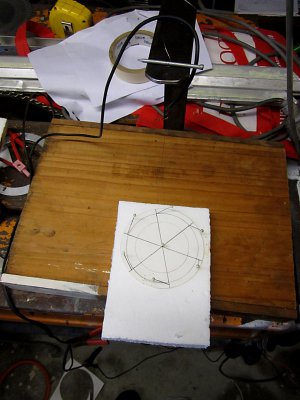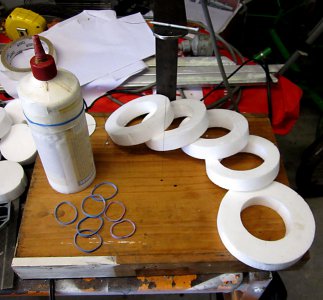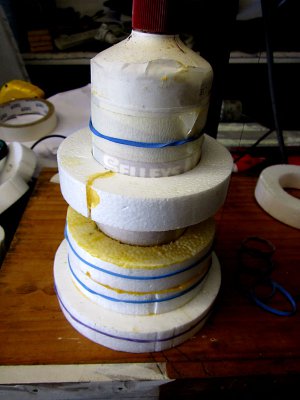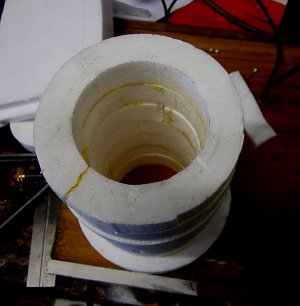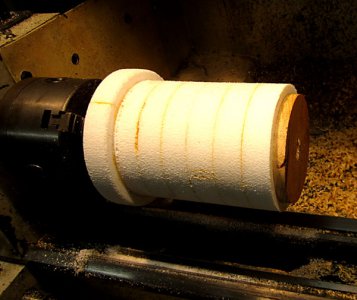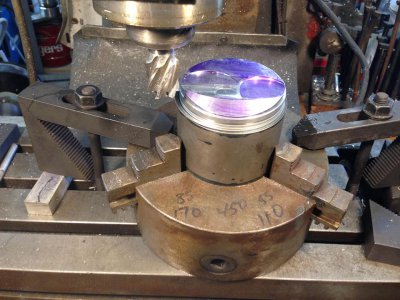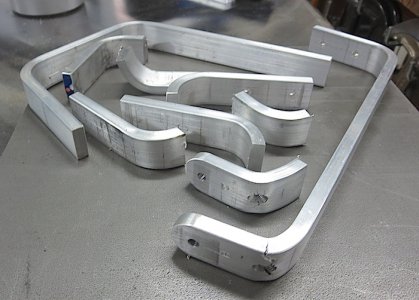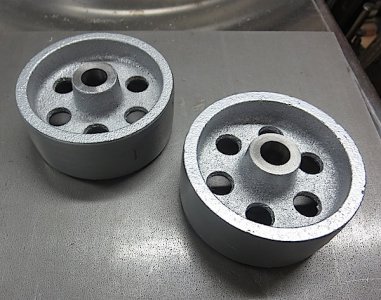- Joined
- Jun 15, 2013
- Messages
- 1,199
so heres another cool thing i did this last week, we were having troubles with the carb on the firebird resto, it had been "professionally" rebuilt, however the car would barely run, and die when put into gear, sprayed starting fluid around the carb baseplate and she revved up.... it had a warped baseplate the throttle shafts rocked like a baby lol.
i started with .5 white delrin, turned to final OD, then drilled, then ground a boring bar and took the walls to about .015" while trying to cut the bushings apart they just broke off, worked out great. the throttle shaft has no play now and glides like butter on a warm bun...lol. I was almost certain it wasnt gonna work when i could see the tool through the wall of the delrin. the carb is a Rochester QuadraJet, the base plate shown was lapped on a thick glass pane, it sealed up great and the car runs good now
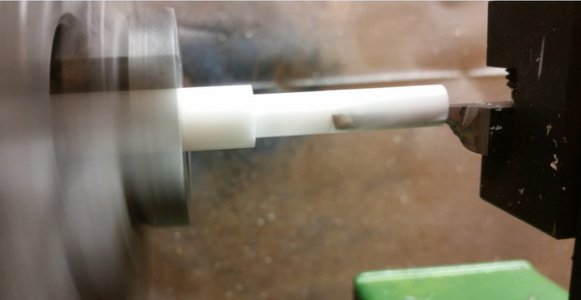
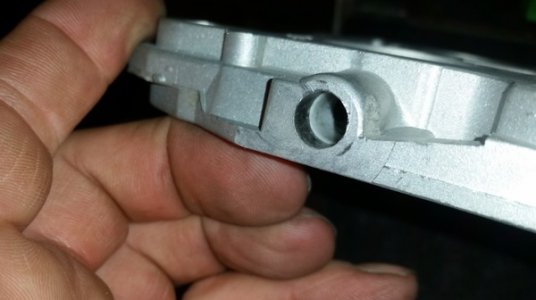
i started with .5 white delrin, turned to final OD, then drilled, then ground a boring bar and took the walls to about .015" while trying to cut the bushings apart they just broke off, worked out great. the throttle shaft has no play now and glides like butter on a warm bun...lol. I was almost certain it wasnt gonna work when i could see the tool through the wall of the delrin. the carb is a Rochester QuadraJet, the base plate shown was lapped on a thick glass pane, it sealed up great and the car runs good now




